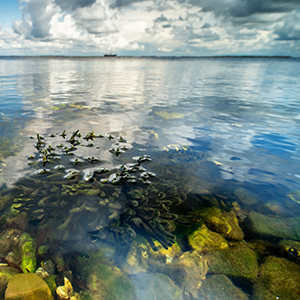A georeferenced dataset of living and sedimentary diatoms in Lake Maggiore

Submitted: 23 November 2022
Accepted: 20 January 2023
Published: 6 February 2023
Accepted: 20 January 2023
Abstract Views: 711
PDF: 321
HTML: 14
HTML: 14
Publisher's note
All claims expressed in this article are solely those of the authors and do not necessarily represent those of their affiliated organizations, or those of the publisher, the editors and the reviewers. Any product that may be evaluated in this article or claim that may be made by its manufacturer is not guaranteed or endorsed by the publisher.
All claims expressed in this article are solely those of the authors and do not necessarily represent those of their affiliated organizations, or those of the publisher, the editors and the reviewers. Any product that may be evaluated in this article or claim that may be made by its manufacturer is not guaranteed or endorsed by the publisher.
Similar Articles
- Nataša Z. Popović, Maja Raković, Jelena Đuknić, Béla Csányi, József Szekeres, Péter Borza, Jaroslav Slobodnik, Igor Liška, Đurađ Milošević, Stoimir Kolarević, Vladica Simić, Bojana Tubić, Momir Paunović, The relationship between river basin specific (RBS) pollutants and macroinvertebrate communities , Journal of Limnology: Vol. 79 No. 1 (2020)
You may also start an advanced similarity search for this article.

 https://doi.org/10.4081/jlimnol.2023.2108
https://doi.org/10.4081/jlimnol.2023.2108






